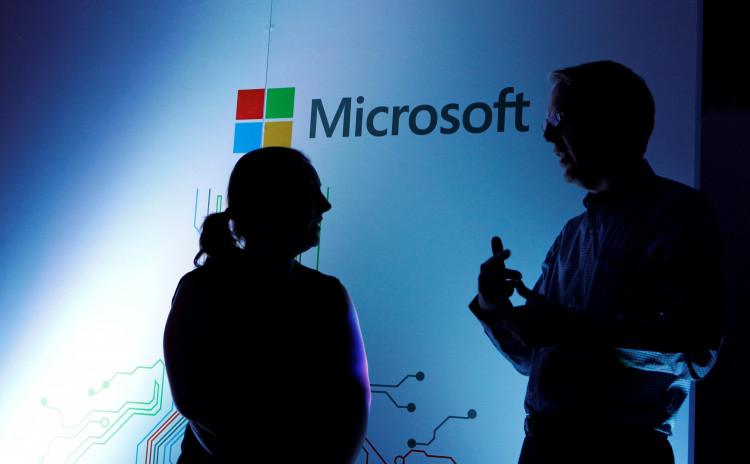Microsoft is once again in the center of a ruckus after a security team discovered a significant flaw on its Windows 10 operating system. What is even more serious is the fact that Microsoft has once considered this flaw as just a long-running bug.
The problem was discovered by the security group at Ghacks. Microsoft responded to the discovery by issuing a warning to 800 million Windows 10 users, notifying them that the bug on its platform is not a bug at all. Investigation on that bug revealed that it is a serious security threat that malicious hackers can use to breach a system.
According to Microsoft, the company quietly deactivated its Registry backups for the Windows 10 platform almost eight months ago. Microsoft did this surreptitiously and did not inform its users who still believe that this important safeguarding protocol still works.
What the security team at Ghacks did was test the Registry backup system. They found out that while the system would register a "The operation completed successfully" status, no backfile is created at all. This is extremely worrying on multiple levels.
For many Windows 10 users, especially business and enterprises, a registry backup is a crucial defense strategy in keeping hackers out of bay. In times when all possible remedies are exhausted, the registry backup is the last option a user can have it fix its system.
In a statement, Microsoft said, "Starting in Windows 10, version 1803, Windows no longer automatically backs up the system registry to the RegBack folder. If you browse to the WindowsSystem32configRegBack folder in Windows Explorer, you will still see each registry hive, but each file is 0kb in size."
When asked about the issue, Microsoft said that the decision to shut down the Registry backup feature is part of the company's effort "to help reduce the overall disk footprint size of Windows."
The comment was not received well by many users, especially when you consider the fact that a typical registry backup is just 50 to 100MB in size. As an attempt to minimize the damage, Microsoft offered a workaround. Unfortunately, it requires users to edit the registry. An effort that is quite complicated for typical users to do.
Over the past few months, Microsoft has been aggressively urging its Windows 7 users to migrate to Windows 10. This recent ruckus involving the security of its flagship platform is sure to stain its image.






